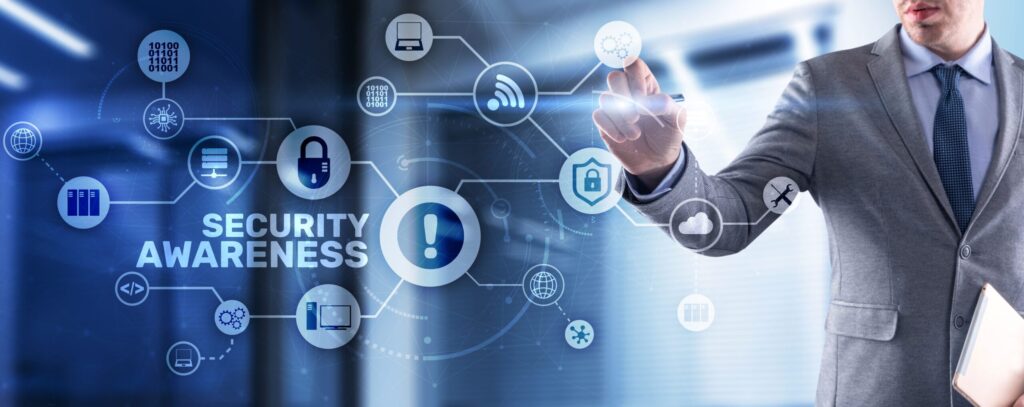Access Granted – The Role of Access Control in Modern Commercial Security Systems
In the ever-evolving landscape of commercial security, access control has emerged as a cornerstone for safeguarding businesses against threats ranging from unauthorized entry to data breaches. Access control systems are designed to manage and regulate who can enter and exit a commercial space, providing an essential layer of protection for both physical and digital assets. As technology advances, access control has become increasingly sophisticated, playing a pivotal role in modern commercial security systems. Access control encompasses a wide range of mechanisms and technologies, all with the common goal of allowing or denying access to specific individuals or groups. These systems include traditional locks and keys, card readers, biometric scanners, and even smartphone apps. The primary function of access control is to grant or restrict access based on factors like identity, credentials, or permissions. This comprehensive approach is instrumental in fortifying security for commercial entities. The key components of access control systems in modern commercial security are as follows:

Authentication – Authentication is the first and most crucial step in any access control system. Users must prove their identity to gain access. Traditional methods, like PIN codes and access cards, have given way to more advanced biometric solutions, such as fingerprint and facial recognition. These technologies provide a higher level of security and accuracy by making it nearly impossible for unauthorized users to gain access.
Authorization – Authorization is the process of determining what a user is allowed to do once they have been authenticated. Access control systems grant specific permissions to individuals or groups, defining the areas they can access and the actions they can perform. This minimizes the risk of unauthorized personnel accessing sensitive or restricted areas and click here.
Audit Trails – Modern access control systems often include audit trail features. These logs track and record all access attempts and activity within the system. This information is invaluable for investigating security incidents, monitoring employee behavior, and complying with legal and regulatory requirements.
Integration – Integration with other security systems is a crucial aspect of modern access control. Systems can be linked with surveillance cameras, alarms, and even intrusion detection systems. Integration allows for a more comprehensive and coordinated response to security incidents, such as sounding an alarm or locking down specific areas in real-time.
Remote Access – Many modern access control systems offer remote access management, enabling administrators to control access from anywhere with an internet connection. This feature is especially valuable for businesses with multiple locations or those that require flexible access management.
Scalability – The flexibility to expand or adapt access control systems to meet changing security needs is essential for modern commercial security. Scalable systems can accommodate growing businesses and evolving security requirements without requiring a complete overhaul of the infrastructure.
Security and Compliance – Modern access control systems employ robust encryption and security protocols to protect user data and system integrity. They also help businesses adhere to industry-specific regulations and compliance standards by ensuring that access and activity data is properly documented and audited. It ensures that access is granted only to those who are authorized, effectively protecting the assets, reputation, and operations of businesses in a constantly changing and challenging security environment.






 Window tinting can make your vehicle more energy-efficient. By reducing the need for air conditioning, you will consume less fuel and, in turn, reduce your carbon footprint. This energy efficiency is not only good for your wallet but also for the environment.
Window tinting can make your vehicle more energy-efficient. By reducing the need for air conditioning, you will consume less fuel and, in turn, reduce your carbon footprint. This energy efficiency is not only good for your wallet but also for the environment.